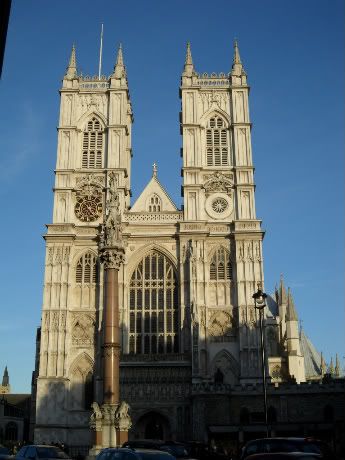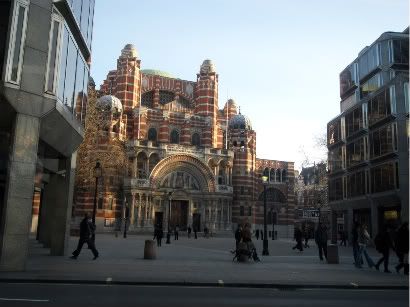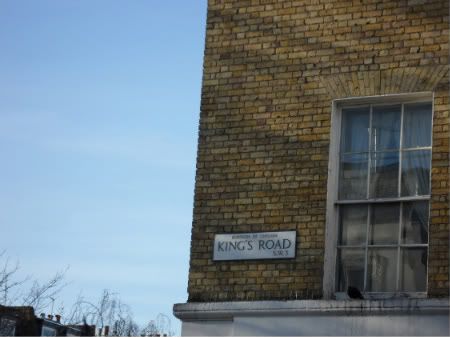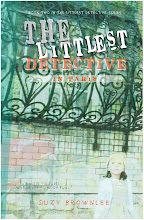Now, back to London...
Clemmy noticed they were now driving towards Westminster Abbey

Westminster Abbey is a church – a big beautiful building close to the Houses of Parliament and Big Ben. Many exciting things have happened here, including the coronation of Kings and Queens, since King Harold’s in January 1066. Poor old King Harold was only King for a few months, but the Abbey has lasted a lot longer, hasn’t it?
The Abbey hasn’t always looked the way it does today, however – there have been lots of little changes and adjustments over the hundreds of years since it was first built. But where did it all start? Well, can you believe the church is actually situated on what was once an island? It was called Thorney Island and was owned, way back in 960AD by twelve Benedictine monks. These priests got a lot of support from the monarch of the time, King Edgar, who had granted them the island land in reward for their services. That’s why there is a special link between Westminster Abbey and the Royals to this day.
Today’s church has been around since 1245, the time of Henry III. In 1301, a special Coronation Chair was built inside, by order of Kind Edward I. Can you believe that there used to be something quite unique inside that chair? It was the Stone of Destiny, a Scottish emblem taken from the North Country by the English royalty, and has been used in coronations including our present Queen Elizabeth’s. But it isn’t there now - in 1996 it was returned to Scotland with a military escort! But Charles or Prince William shouldn’t worry - it will be temporarily returned to the Abbey for the next coronation, whenever that is.
In 1560, Queen Elizabeth I made the Abbey into a collegiate church (which means someone who is not a member of the church, such as a priest, is not in charge). Since then, the church has been used for funerals and burials of royals and important people in British History, including Princess Diana.
And the building of the Abbey continued for two hundred more years. The West Towers, which you can see in the picture, were not completed until 1745. That took almost 800 years to finish – about as long as homework feels sometimes!
Sometimes, people are confused by another church nearby. This one, just down the road from the Abby, is a Catholic church and is called Westminster Cathedral (see below). It’s pretty stunning too, but tourists often overlook it for the more popular Abbey.

This part of Westminster has so many buildings to look at - Westminster Abbey, Westminster Cathedral, The Houses of Parliament, and the famous Big Ben. Pop across the River Thames and you can visit the London Eye or the The London Aquarium. St James's Park is also not too far from the Abbey, so if the weather is nice and sunny, a relaxing day in the park is a great way to finish off a day out in Westminster.
Finally, credit must go to http://www.westminster-abbey.org/our-history, for a lot of the information contained in today’s blog.
See you next time.

